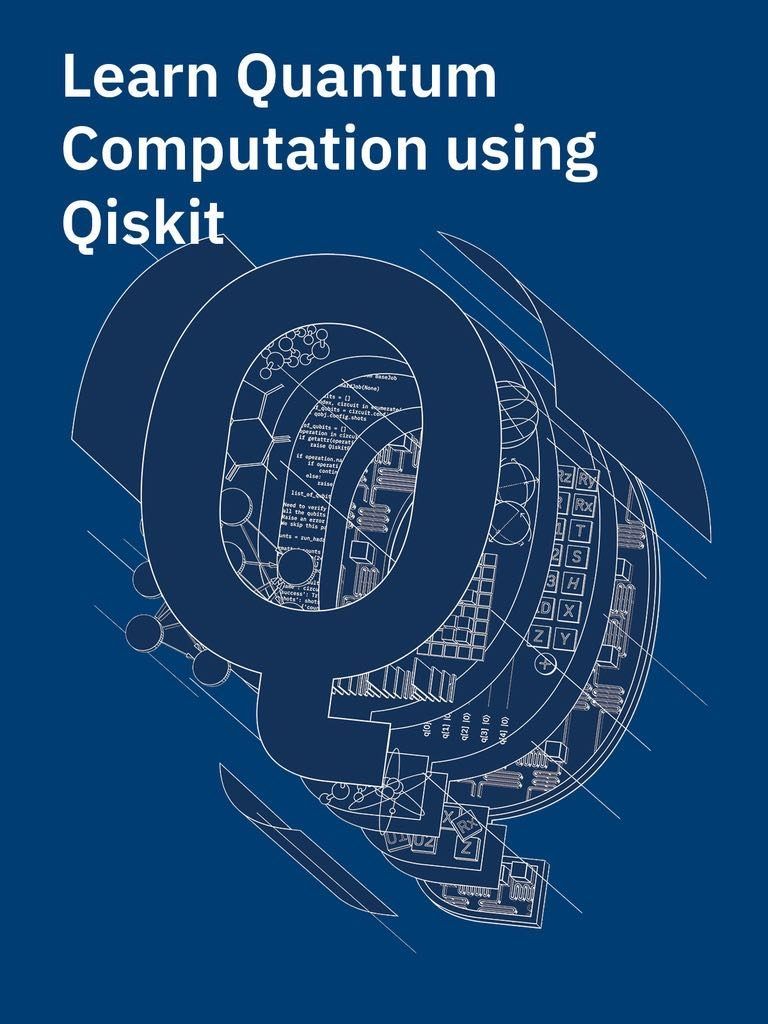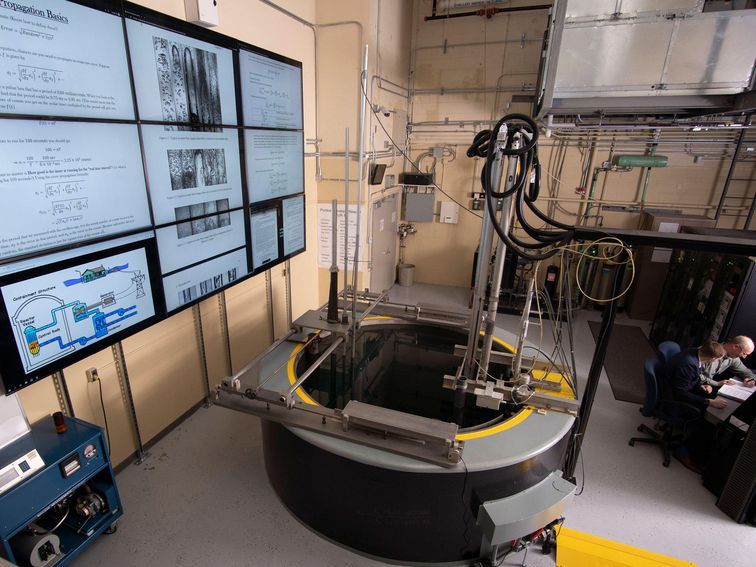Our team is committed to making quantum sciences more approachable by investing heavily in the education to support this growing community and establishing the emerging technology as the next generation of computing. We need more students, educators, developers, and domain experts with “quantum ready” skills. This is why our team is proud to release educational resources and tools, while also increasing the capacity and capability of our IBM Q systems.

We are rolling out new systems and a new feature that allows for reserving time on an IBM Q system through the IBM Q Experience. This will initially be available to members of the IBM Q Network. Members will be able to reserve blocks of uninterrupted time for their users to experiment and test ideas using our advanced systems and software. Moreover, educators and academic members can take advantage of scheduling time to dynamically demonstrate quantum computing concepts on our hardware in the classroom. All the while, students can use the IBM Q Experience to follow along directly from a web browser without any additional installation required.
We published an open-source online textbook, called Learn Quantum Computation Using Qiskit, as a tool for self-learners and educators preparing the next generation of quantum developers. Written by experienced educators and leading researchers in the field, this textbook explores quantum computing through practical problems that are run on both simulators and real quantum hardware, with the aim of helping students connect theory to practice. And most importantly, because this textbook is open-source, the field’s top educators and contributors will continually update this text to ensure that students learn the latest and most-relevant quantum computing skills. The textbook also includes problem sets that can be included in coursework. Professors interested in the solutions to these problem sets should contact me – Abraham Asfaw. Additional information about the structure of the textbook can be found here.



